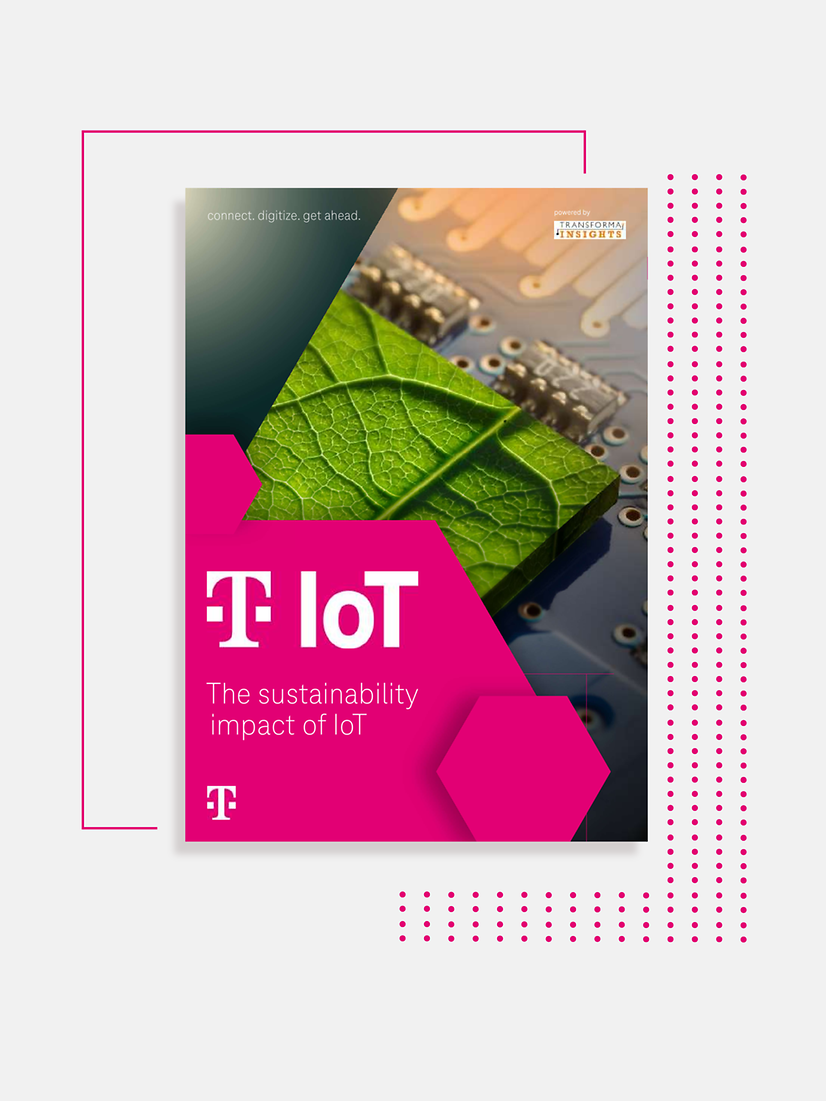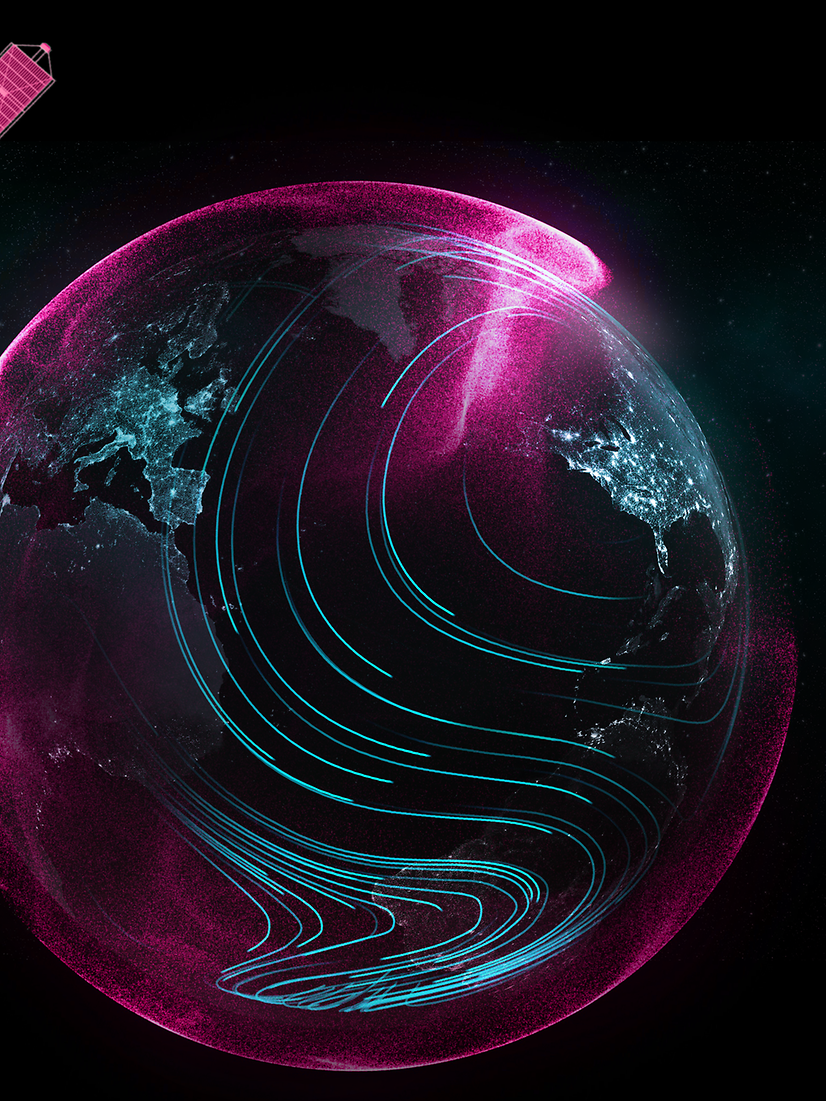Energy efficiency in the company: Examples, tips and optimisation through IoT solutions
Rising energy costs, climate protection – there are many reasons why companies should manage their energy consumption more efficiently. A key strategy in all this? The right energy efficiency in business. But what exactly does that mean, and how can it be implemented?



